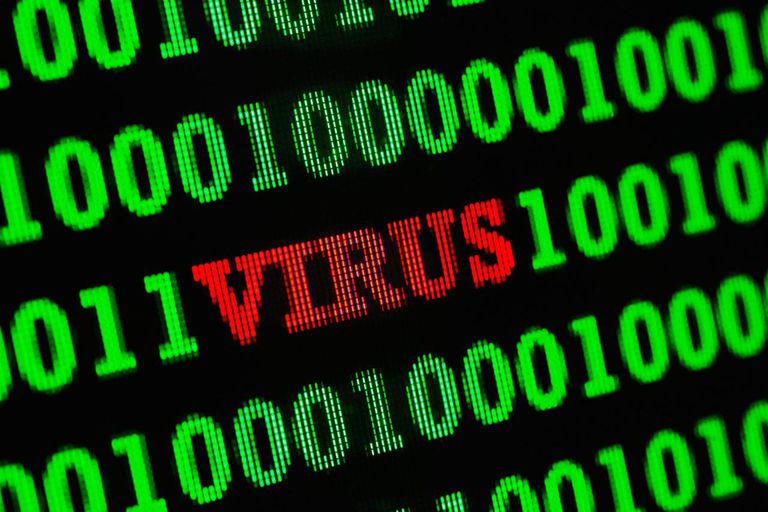|
Realizing your PC or laptop might be infected with a virus or malware is worrying, but with careful and decisive action, removing a virus is quicker and easier than you might think. How do I detect a virus?
It’s not always obvious that your computer is infected. Some of the warning signs your PC or laptop might have a virus are:
If your PC or laptop does have a virus, take the following actions (we have Mac info at the bottom): #1 Remove the virus
If need be, remove a virus manually Some viruses must be removed manually. You should only attempt this if you are experienced at using the Windows Registry and know how to view and delete system and program files. If you’re not sure, contact an IT expert like Hands of Support who specialize in removing viruses. #2 Recover or reinstall any damaged files or software Assuming the scan detected and removed the virus, you might need to reinstall any files or programs that were damaged by the virus. This is where backups come in handy, and we strongly recommend you make them regularly. #3 Improve your defenses Keep your protection up to date Updating your antivirus software will help protect your laptop or PC against viruses and malware. Keeping it up to date is critical because new viruses are being created all the time – so even if you bought your antivirus a month ago, it might need updating now. Make backups Make regular backups of your files and store them on an external hard drive. This can help prevent the loss of important information should you get another virus. If you haven't been making backups before, now is a good time to start. #4 Take proactive steps to prevent getting another one Here are some quick and easy things you can do to avoid downloading a virus again:
Getting rid of a virus or malware on a Mac Many Mac users think they can’t get viruses or malware. This isn’t true, even though the amount of viruses and malware targeting Mac computers is lower than for PCs and laptops. Some well-known examples of malware for Mac computers include:
The two main risks Mac users might face are false alert messages and previously installed malware. If you see any kind of message while browsing the internet along the lines of “a problem has been detected with your Mac” – this is highly likely to be an attempt to get you to download malware.
Final Word It’s critical to have the latest antivirus installed if you want to stand the best chance of removing a virus or malware and keeping your computer safe and personal data protected. If you’re not sure when you last updated your antivirus, now is the time to check and update it.
1 Comment
10/3/2019 12:20:56 am
Tremendous article! I am very impressed with this article because it includes complete information about the computer protection. I read out the complete post and shared it with other people as well. I just want to give a huge thumbs up for this wonderful post. Thanks for sharing it!
Reply
Your comment will be posted after it is approved.
Leave a Reply. |
Archives
August 2018
Categories |


 RSS Feed
RSS Feed

